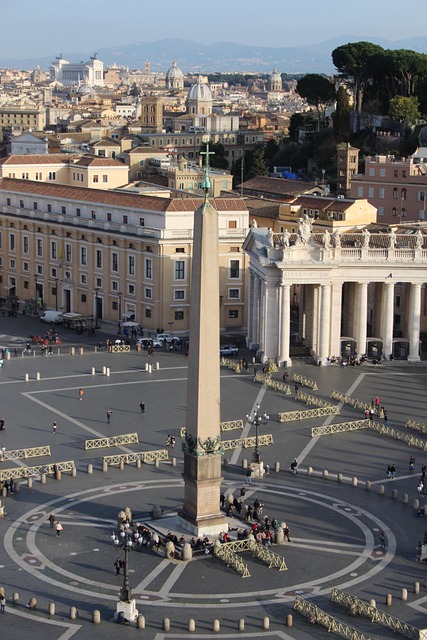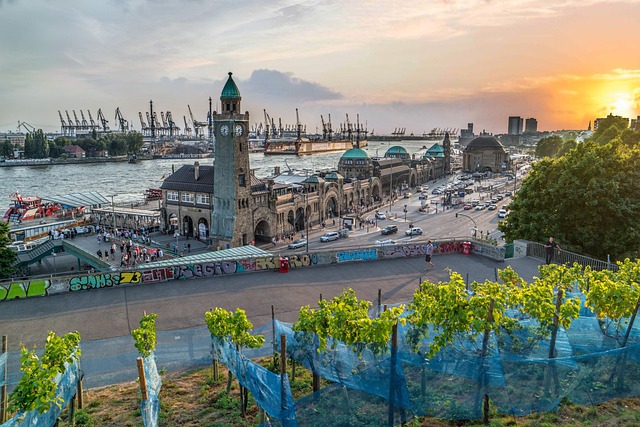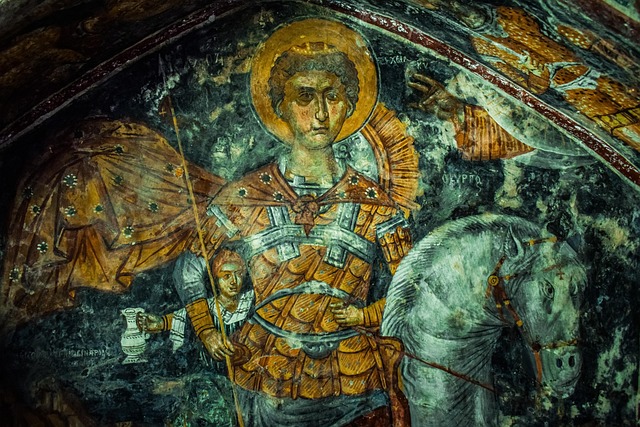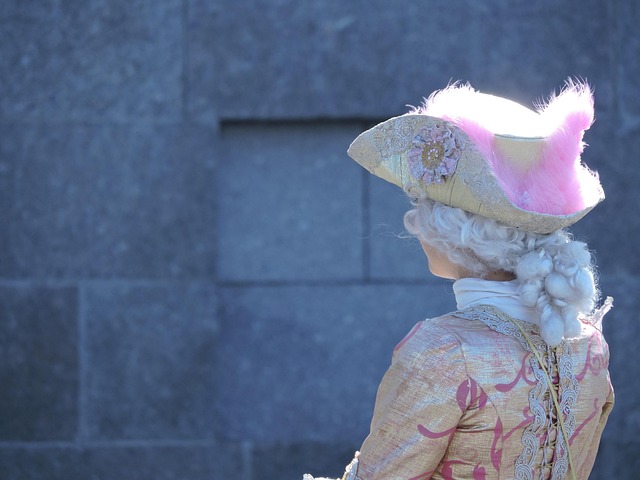Real estate developers and conservationists collaborate to preserve historic buildings, integrating them into modern projects while maintaining their authenticity. This effort creates a sense of place, fosters local pride, educates future generations about cultural heritage, and attracts tourists. Historic buildings, with their rich stories and resilience, are cultural treasures that strengthen community bonds and promote sustainable development, making them key drivers of real estate success.
Discover how historic buildings act as time capsules, narrating our pioneer past. This article explores the multifaceted role of real estate in preserving cultural heritage through three key lenses: from preserving historical structures to unlocking stories that connect us to our roots, and revitalizing old treasures for community development and tourism. Dive into these transformative journeys powered by real estate initiatives.
Preserving Historical Heritage: The Role of Real Estate in Protecting the Past

Preserving historical heritage is a vital task, and real estate plays a crucial role in safeguarding our past. Historic buildings, with their unique architectural designs and tales woven into their walls, are tangible links to our pioneer history. Real estate developers and conservationists work hand-in-hand to ensure these structures are not just preserved but also restored to their former glory. This collaborative effort involves meticulous research, careful restoration techniques, and adherence to strict historical guidelines to maintain the authenticity of each site.
By integrating historic buildings into modern real estate projects, communities can create a sense of place and connection to their roots. These efforts not only attract tourists and generate local pride but also educate future generations about our shared heritage. Real estate professionals contribute significantly to preserving cultural history, ensuring that the stories of our pioneers continue to be told for years to come.
Unlocking the Stories: How Historic Buildings Connect Us to Our Pioneers
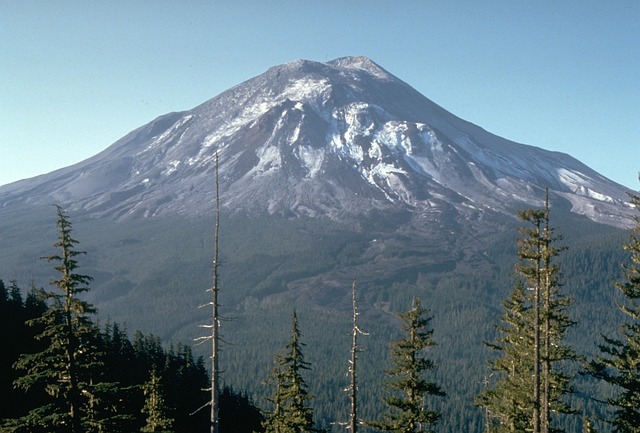
Historic buildings are like time capsules, offering a tangible connection to our past. They serve as silent guardians, preserving the stories and memories of those who came before us. When we step into these ancient structures, we’re transported back in time, allowing us to glimpse into the lives and struggles of pioneers who shaped our communities.
In real estate, these historic buildings hold immense value—not just monetarily, but culturally. They tell tales of resilience, innovation, and perseverance, reminding us of the sacrifices made by our ancestors. By studying and preserving these structures, we honor their legacy and ensure that their stories continue to inspire future generations. This connection to our pioneers fosters a deeper sense of community and helps us appreciate the rich tapestry of history woven into our urban landscapes.
Revitalizing Old Treasures: Real Estate's Impact on Community Development and Tourism

Historic buildings are more than just architectural marvels; they are tangible links to our past, encapsulating stories and memories that resonate through generations. Revitalizing these old treasures is not merely a restoration project but a powerful catalyst for community development and tourism. The real estate sector plays a pivotal role in this transformation. By recognizing the potential of historic structures, developers can breathe new life into these spaces, transforming them into vibrant venues that cater to modern needs while preserving their unique character.
This process involves careful planning and collaboration between historians, architects, and property investors. Restoring these buildings not only conserves cultural heritage but also creates visually appealing destinations that attract tourists. Moreover, revitalized historic sites can spark economic growth in nearby areas, fostering a thriving local community. The positive impact extends to the broader region, as it encourages a sense of pride and appreciation for the area’s rich history.


